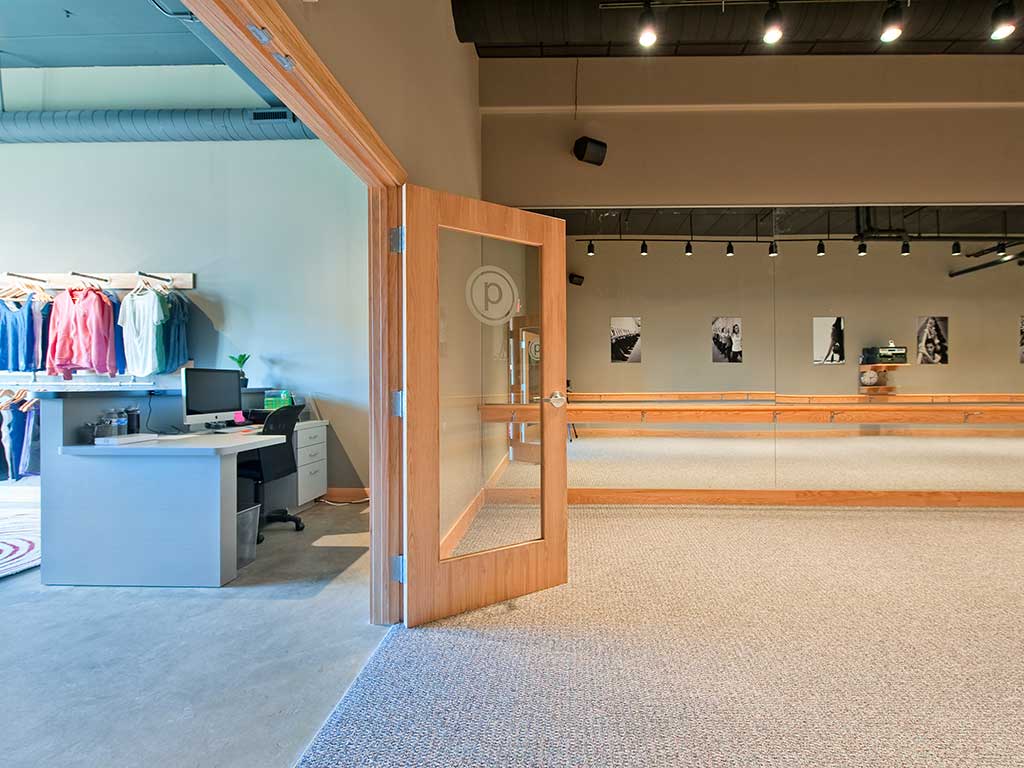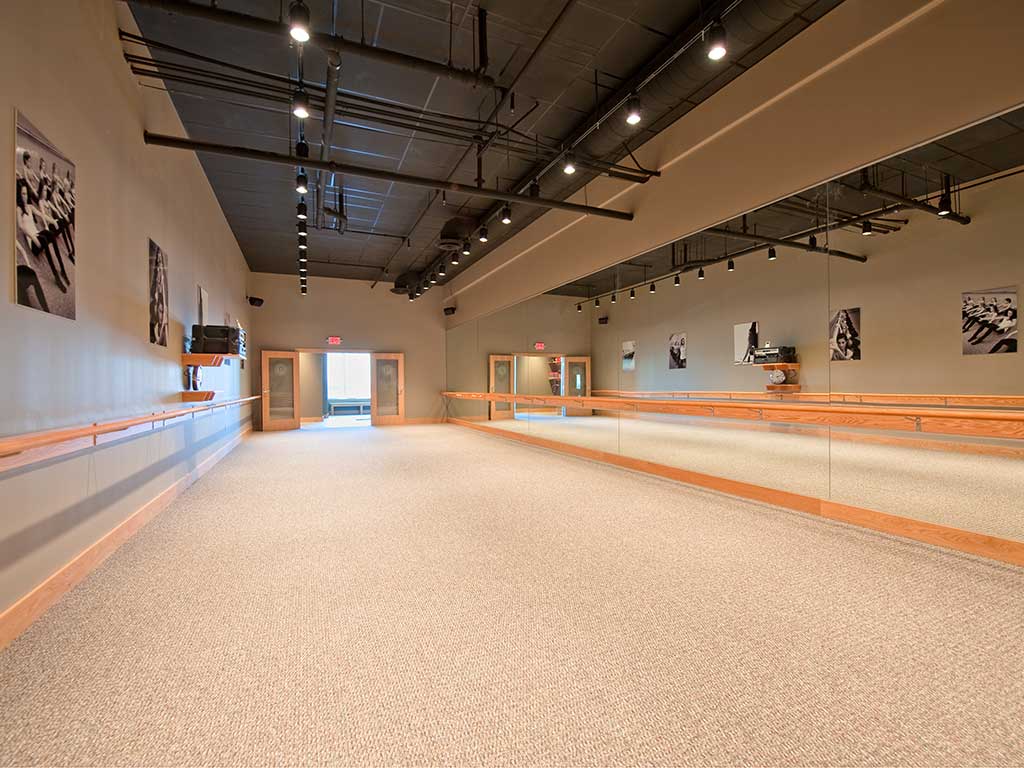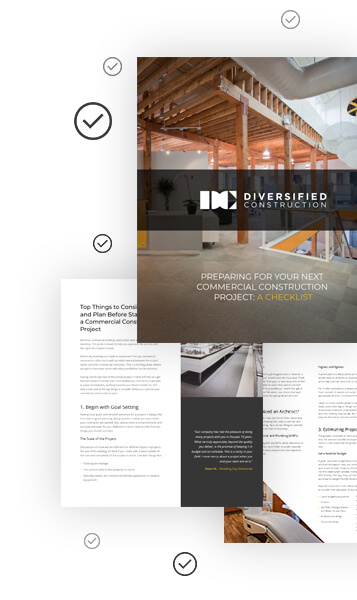What is Retail Site Selection?
Selecting the right site for a retail business is akin to setting a solid foundation for a building. This strategic decision influences not just immediate sales, but also the brand's image, accessibility to the target market, and overall sustainability.
Understanding the importance of retail site selection is critical for any retailer aiming for long-term success. A prime location can bolster a brand's visibility, drive foot traffic, and ultimately boost revenue. A poor choice can lead to reduced sales, increased operational costs, and in some cases, complete business failure.
In this article, we will discuss the impact of location on a retail business's success, and provide key insights to make informed choices.
Understanding Your Target Market
When selecting a retail site, understanding your target market is paramount. It's not just about finding a location; it's about finding a location where your ideal customers are. To achieve this, retailers must dig deep into demographics, psychographics, and utilize market research tools. Here's a closer look:
Demographics: Demographics pertain to statistical data related to a particular population. This includes factors like age, gender, income level, marital status, and education, among others. Knowing the demographic profile of an area can help retailers determine if it's populated by their ideal customers. For example, a high-end fashion boutique would ideally be located in an area with a higher percentage of affluent residents.
Psychographics: Psychographics, on the other hand, dive deeper into understanding consumers' personalities, values, interests, and lifestyles. If demographics give us the "who", psychographics provide the "why". For instance, a store selling eco-friendly products would thrive better in areas where residents are more environmentally conscious.
Market Research Tools and Data Sources: In the digital age, retailers are blessed with a plethora of market research tools and data sources. These tools offer insights into consumer behavior, preferences, and buying patterns. Some popular tools and sources include:
Government Census Data: Provides valuable demographic information about populations in specific regions or areas.
Geospatial Mapping Tools: Help visualize data to pinpoint high-traffic areas, consumer movement patterns, and more.
Consumer Surveys: Direct feedback from potential customers can offer insights into their needs, preferences, and expectations.
Social Media Analytics: Can be used to understand trends, interests, and discussions among target audiences.
Analyzing Competitor Locations: Evaluating the locations of your competitors is crucial. This doesn’t mean just setting up shop next to them, but rather understanding the strategy behind their location decisions.
Location Types and Strategies
When determining the best location for a retail establishment, the options can be extensive. Retailers are presented with various location types, each with its benefits and challenges. Moreover, the strategy a retailer adopts for one location type might differ significantly from another. Here’s the different location types and inherent strategies for each:
Urban vs. Suburban vs. Rural Locations
Urban locations are typically characterized by a dense population, high foot traffic, and proximity to major transportation hubs. These areas provide access to a large and diverse customer base. However, they also come with higher rental costs and intense competition.
Suburban locations are more spread out and might offer a mix of residential and commercial zones. While foot traffic might be lower than urban centers, these areas often cater to families and can offer more spacious retail spaces at a more moderate cost.
Rural locations generally have a low population density. The key advantage here is the lower operational cost, but retailers must be sure there's sufficient demand for their product or service. Building strong community ties is crucial in such locations.
High-Traffic vs. Low-Traffic Areas
High-traffic areas provide a constant stream of potential customers, increasing the likelihood of impulse purchases. Prime examples include city centers or areas near transportation hubs. While they promise more visibility, the costs associated can be steep.
Low-traffic areas may not have the bustling crowds of a city center, but they offer a more relaxed shopping experience. These areas might be suitable for niche businesses or those that don't rely heavily on walk-in customers.
Shopping Malls vs. Standalone Stores
Shopping malls are conglomerations of various retailers under one roof, ensuring that there's always a flow of potential customers. The advantage here is the built-in foot traffic and shared amenities. However, competition is direct, and rental costs can be high.
Standalone stores offer more freedom in terms of store design, hours of operation, and branding. They might also provide better visibility from the street. The challenge lies in generating enough foot traffic without the draw of other surrounding businesses.
Online vs. Brick-and-Mortar Considerations
Online stores offer the advantage of reaching a global audience without the overhead costs of a physical location. They're open 24/7 and provide convenience for the modern shopper. However, they miss out on the tactile experience and immediate gratification that physical stores provide.
Brick-and-mortar stores offer a tangible experience. Customers can touch, try, and take home products immediately. They also provide opportunities for in-person customer service. The challenges include higher operational costs and the need for a strategic physical location.
Pop-Up Stores and Temporary Locations
Pop-up stores are temporary retail spaces that operate for a short duration. They're an excellent way for brands to test new markets, get rid of excess inventory, or build brand awareness. While they're cost-effective and flexible, their temporary nature means businesses can't rely on them for long-term strategies.

Accessibility and Visibility
The success of a retail establishment is often determined by how easily customers can access it and how readily they can see it. Even if you have the best products or services in the market, they won't matter if potential customers can't easily reach you or aren't aware of your presence. Here's three primary factors related to accessibility and visibility:
1 - Proximity to Transportation Hubs
Being close to transportation hubs such as train stations, bus stops, or airports can dramatically improve a store's accessibility. Such strategic positioning ensures a steady flow of potential customers who utilize these transit points daily. Additionally, it offers convenience for customers, allowing them to effortlessly integrate shopping into their daily commutes or travel plans.
2 - Parking Facilities and Convenience
The availability and convenience of parking can significantly influence a shopper's decision, as overcrowded parking zones can deter potential shoppers. Furthermore, the parking area should ideally be located close to the storefront to offer maximum convenience. Emphasizing safety is equally important, with well-lit and secure parking zones ensuring that customers feel comfortable during their visit, especially during evening hours.
3 - Signage and Storefront Visibility
Prominent and clear signage attracts attention and can draw potential customers from a distance. Additionally, effectively utilizing window spaces for attractive displays can captivate passerby attention, potentially converting them into customers. Ensuring the store's view is unobstructed, without barriers like trees, large posts, or neighboring establishments, guarantees that potential customers can easily spot the store, both when passing by on foot and when driving.
Cost Considerations
Understanding the various cost elements associated with securing and maintaining a physical storefront is crucial. While the location's attractiveness, accessibility, and visibility are crucial, they should be weighed against the financial implications. Here’s some of the primary cost considerations for retailers:
Lease or Rent Costs: One of the most substantial recurring expenses for a retail business is the cost of leasing or renting a space. Rates can vary dramatically based on location, with prime urban spots demanding higher prices compared to suburban or rural areas.
It's essential to evaluate whether the projected income from a location justifies its rent. Additionally, terms of the lease, such as duration, renewal options, and clauses related to rent hikes, should be thoroughly understood.
Operating Expenses: Beyond the initial rent or lease, retailers must factor in monthly operating expenses. These include utilities like electricity, water, and heating; maintenance costs; security expenses; and charges for services like waste disposal and cleaning.
Depending on the location and size of the establishment, these costs can accumulate quickly. Retailers must have a clear forecast of these overheads to ensure profitability.
Tax Implications: Different locations might have varying tax rates and implications. While some areas may offer tax incentives or breaks to attract businesses, others may impose higher levies. Understanding property taxes, sales taxes, and any local business taxes is crucial.
Retailers should also be aware of potential tax benefits related to business operations, such as deductions for renovations or energy-efficient upgrades.
Renovation and Build-Out Costs: Rarely will a retail space be perfectly suited to a business's needs from the outset. Customizing or renovating a store to align with brand aesthetics, functionality, and customer experience often requires a significant outlay.
Costs can range from minor cosmetic changes to significant structural modifications. It's essential to get accurate estimates beforehand and possibly negotiate with landlords for build-out allowances or rent concessions during the renovation phase.

Regulatory and Zoning Compliance
When choosing a location for a retail business, it's not only the visual appeal, foot traffic, or accessibility that matters. Equally vital, though perhaps less immediately evident, are the local regulatory and zoning compliances.
These rules and regulations can influence what kind of business can operate in a particular location, how it operates, and even its working hours. Navigating this legal landscape is crucial for a smooth business operation. Here’s
Local Zoning Laws and Regulations: Zoning ordinances dictate how a particular plot of land can be used — whether for commercial, residential, industrial, or mixed-use. Some areas may be designated solely for certain types of businesses, or there might be restrictions on operating hours, noise levels, or signage sizes. Failing to comply can lead to costly legal battles, fines, or even eviction, so ensuring that the chosen location aligns with these regulations from the outset is crucial.
Permits and Licensing: Operating a retail business usually requires a host of permits and licenses. These can range from general business licenses to more specialized permits, like those for selling alcohol, playing copyrighted music, or handling specific types of goods. The requirements can vary widely based on the locality and the nature of the retail business.
Staying updated on these requirements and ensuring all necessary paperwork is in place not only helps in avoiding legal complications but also instills confidence in customers about the professionalism of the business.
Environmental Impact Assessment: In certain areas or for specific types of businesses, an environmental impact assessment (EIA) may be mandated before setting up shop. An EIA evaluates the potential environmental effects (positive or negative) that a proposed project might have on its surroundings. This could be related to waste management, energy consumption, local wildlife, or any other ecological considerations.
Beyond just being a regulatory requirement, an EIA can also serve as a valuable tool for businesses to understand their environmental footprint and adopt sustainable practices that appeal to an increasingly eco-conscious customer base.
Security and Safety
Ensuring a safe environment not only protects the business's tangible assets but also fosters trust among customers and staff. A thorough understanding and proactive approach toward these factors can influence a retailer's reputation, customer retention, and overall peace of mind. Here’s how to ensure a secure and safe retail site:
1 - Check Crime Rates in the Area
Before settling on a location, investigate local crime statistics. An area plagued with frequent thefts, break-ins, or more serious criminal activities can have dire consequences for a business, from loss of inventory to potential harm to staff and customers.
Such locations may also deter potential customers, affecting foot traffic and sales. Engaging with local police stations or utilizing online crime mapping services can provide valuable insights into the safety profile of a chosen location.
2 - Security Measures and Systems
Regardless of the inherent safety of an area, a retail establishment should invest in robust security measures. This includes, but is not limited to, surveillance cameras, alarm systems, and access control measures for restricted areas.
Hiring security personnel can be another effective measure, especially for larger establishments or those located in areas with a higher risk profile. Regularly reviewing and updating security protocols and training staff to handle various security scenarios also fortify the establishment's defenses.
3 - Emergency Services Accessibility
Beyond crime-related concerns, retailers should assess the proximity and accessibility of essential emergency services. Being close to a police station, fire department, or medical facility can make a significant difference during emergencies.
Whether it's a medical issue with a staff member or customer, a fire breakout, or any other unforeseen crisis, quick response times can mitigate damage and ensure safety. Retailers should also be aware of the routes to these services and ensure that staff is well-informed.
Conclusion - Retail Site Selection
The success of a retail venture is not solely dictated by the quality of products or services on offer, but is tied to the strategic decisions made during the site selection process. The right location can amplify a brand's presence, cater seamlessly to its target audience, and ensure sustained profitability.
Diversified Construction specializes in commercial construction, with over 60 years of business experience in the Twin Cities. Contact us today at 952-929-7233 if you’re looking to start a new project.

